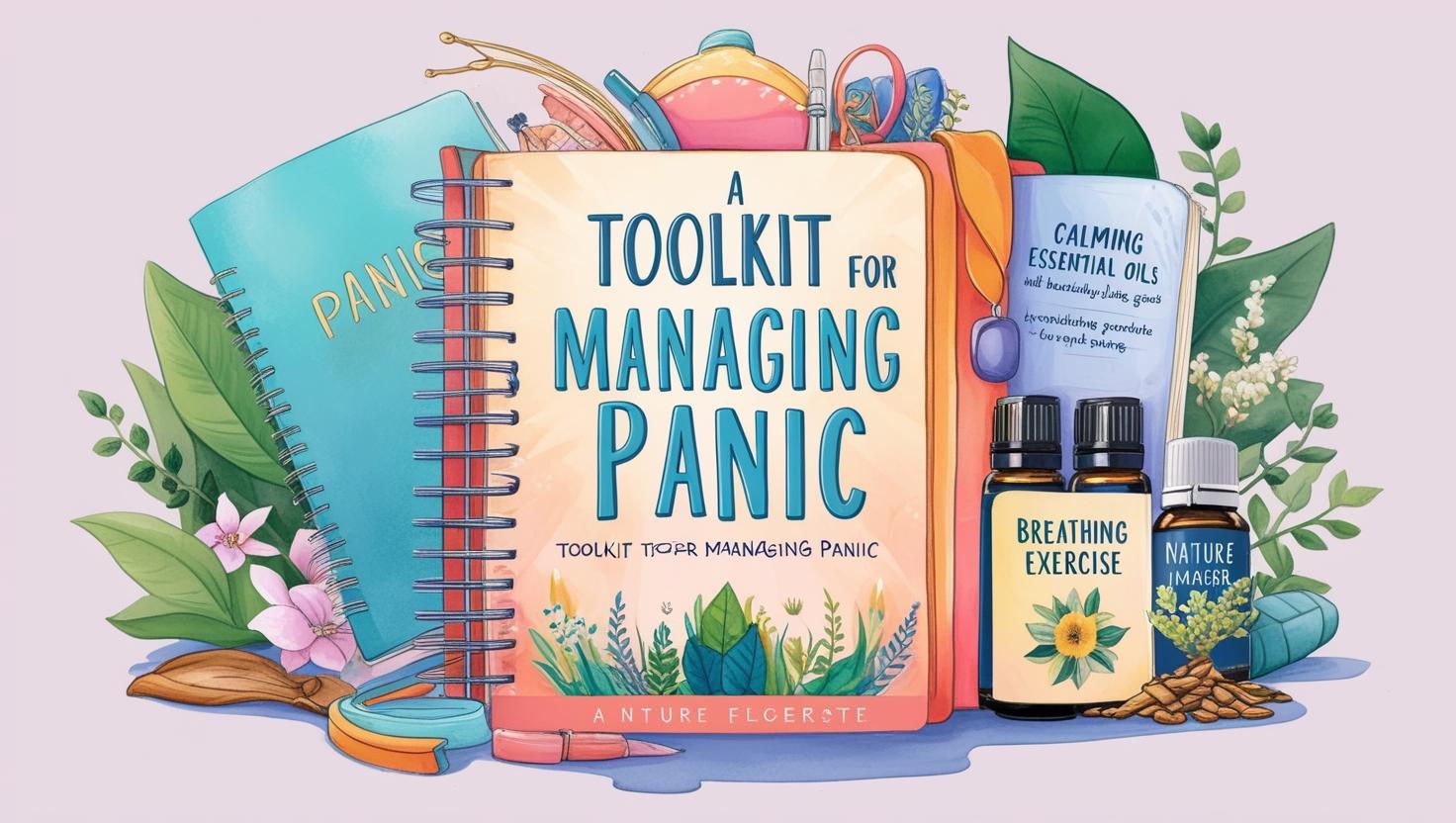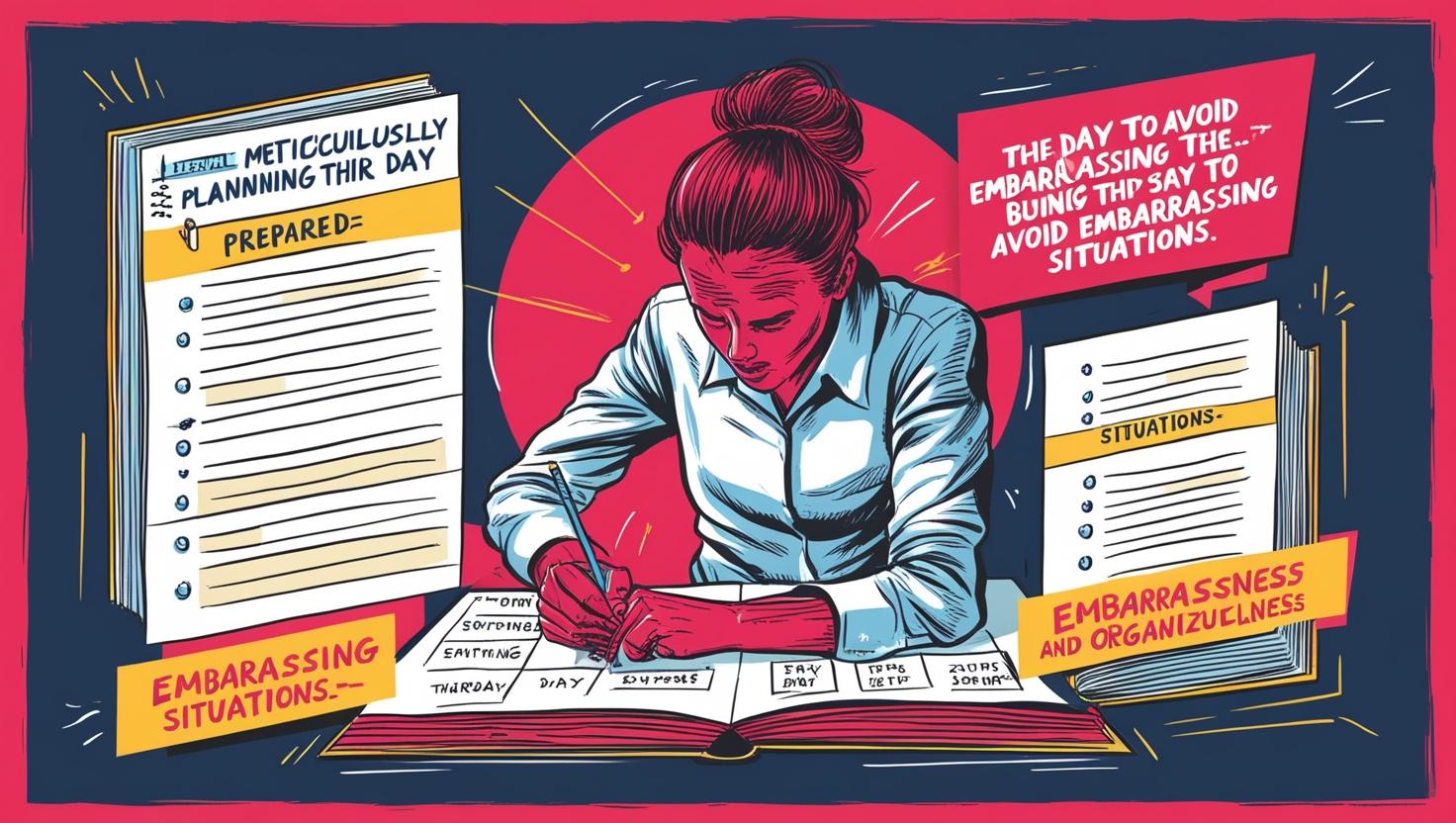“Am I missing important competitive moves that could blindside my business?”
Hey there, paranoid brand founder! 👋 (Yes, I called you paranoid, but hey, in today’s market, a healthy dose of paranoia is practically a superpower.)
You know that feeling when you’re scrolling through Instagram and suddenly spot your competitor launching something you’ve been secretly working on for months? That stomach-dropping “Oh crud!” moment? Yeah, we’ve all been there. It’s like showing up to prom wearing the same dress as your frenemy – except this time, it’s your business on the line.
But here’s the good news: you don’t need a crystal ball or a spy network to stay ahead of competitive moves. You just need a system. Let’s build one together, shall we?
Why You’re Right to Be Worried (But Not Too Worried)
First off, let’s acknowledge something: Yes, competitors can blindside you. But no, it’s not the end of the world. Remember when everyone thought Clubhouse would kill Twitter? (Spoiler alert: It didn’t.) The point is, not every competitive move is a death sentence, but you should definitely keep your radar on.
The Real Dangers of Being Blindsided:
- Lost market share (duh!)
- Missed opportunity to counter-position
- Looking clueless in front of customers
- Playing catch-up instead of leading
- Wasting resources on reactive measures
The RADAR System: Your New Best Friend

Let’s break down competitive monitoring into something digestible. I call it the RADAR system (because who doesn’t love a good acronym?):
- R – Regular Monitoring Schedule
- A – Alert System Setup
- D – Data Collection
- A – Analysis Framework
- R – Response Planning
Regular Monitoring Schedule
Think of this as your morning coffee routine, but for competitive intelligence. Set aside 15 minutes every morning to check:
- Competitor social media
- Google News alerts
- Industry newsletters
- Review platforms
- Patent databases (if you’re feeling fancy)
Pro tip: Create a “Competition Monday” calendar event. It’s like Taco Tuesday, but less delicious and more profitable.
Alert System Setup
Tools that do the heavy lifting for you:
- Unagenie Brand Intelligence AI agent (Border Collie – IFYKYK)
- Google Alerts (free and faithful like a golden retriever)
- Mention (paid but worth it)
- Ahrefs (for when you want to get serious)
- Social listening tools (because Instagram stalking manually is so 2010)
Data Collection
Create a simple spreadsheet (I call mine “The Stalker Sheet” – kidding, kind of) with columns for:
- Date
- Competitor
- Action/Move
- Potential Impact (Low/Medium/High)
- Required Response
- Notes
Analysis Framework
For each competitive move, ask:
- Is this a real threat or just noise?
- Does this affect our core customer base?
- Can we respond effectively?
- Should we respond at all?
Remember: Not every move needs a counter-move. Sometimes the best response is no response. Like that ex’s Instagram story – just keep scrolling.
Response Planning
Have a response playbook ready:
- Immediate responses (24 hours)
- Short-term responses (1 week)
- Long-term strategic shifts (1 month+)
The “Don’t Panic” Toolkit

Here’s your emergency kit for when you spot a significant competitive move:
- The 24-Hour Rule Wait 24 hours before making any major decisions. Like drunk texting, reactive business moves rarely end well.
- The Three-Question Test Ask yourself:
- Does this actually affect our core value proposition?
- Do our customers care?
- Is this something we should have been doing anyway?
- The Response Matrix Choose your response type:
- Ignore (Yes, this is valid)
- Monitor
- Adapt
- Counter
- Leapfrog
Real-World Example: The Great Oat Milk Wars
Remember when every coffee shop suddenly had oat milk? Oatly was crushing it until Chobani decided to join the party. Instead of panicking, Oatly doubled down on their quirky brand voice and sustainability message. The lesson? Sometimes your best defense is just being more you.
Practical Tips to Implement Today
- Set up 5 Google Alerts right now (yes, now – I’ll wait)
- Create your competition tracking spreadsheet
- Join relevant industry Facebook groups
- Follow key competitor employees on LinkedIn
- Set up a fake email to subscribe to competitor newsletters (we all do it)
The “Sleep Well at Night” Checklist
- ✓ Daily: Quick social media scan
- ✓ Weekly: Deep dive into one competitor
- ✓ Monthly: Industry trend analysis
- ✓ Quarterly: Strategic response review
Remember: The goal isn’t to obsess over every competitor move – it’s to be informed enough to sleep well at night, knowing you won’t wake up to any nasty surprises.
Final Thoughts
Competitive monitoring doesn’t have to be overwhelming or scary. Think of it like having a weather app on your phone – you’re not obsessing over the weather, you’re just making sure you don’t get caught in the rain without an umbrella.
Now go forth and stalk… er, I mean, monitor your competition! And remember, if you’re not sure whether you’re being paranoid enough, you’re probably doing it right. 😉
Want to level up your competitive monitoring game? Get started with Unagenie’s Competitive Brand Intelligence AI agent – that takes care of monitoring your brand competitors 24×7, analysing industry movement, alerting you when something needs your attention, and suggesting (and often taking) actions to keep brand competitors at bay and your customers happy. It’s free to try, and unlike your competitor’s latest move, you actually saw this one coming!

